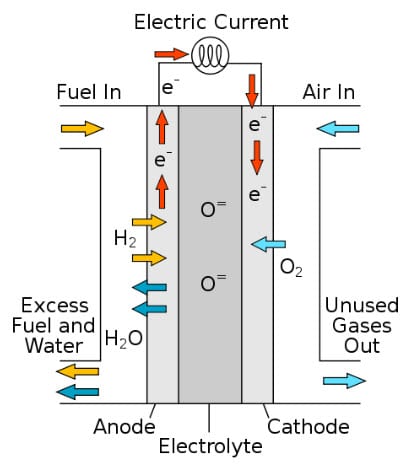
New organic material capable of ferroelectricity
August 25, 2012Ferroelectricity property found in new class of organic materials
A new group of organic materials developed by researchers from the Northwestern University in Illinois have shown that they have ferroelectric properties. Ferroelectricity refers to a phenomenon in which materials experience spontaneous electric polarization that can be manipulated through the application of an external electric field. This property is rare, but quite attractive because of how it may be used in electronics. The materials developed by researchers also have a good memory. These two features could make the materials revolutionary in the realm of electronics and computing.
Material’s properties created through molecular design
Researchers have created long crystals using two organic molecules that have a powerful attraction to one another. This attraction causes the molecules to assemble into a network when they come together. This network creates the ferroelectric property of the material. Researchers have found that the material has an exceptional memory, which could make it a powerful component for future computers, sensory technologies, and nanoelectronics.
Ferroelectricity could have promising implications for electronics
The development of the materials could enable scientists to make use of ferroelectricity in new ways. According to researchers, the molecular design of the material allows scientists to invent a seemingly endless array of ferroelectric materials that are affordable and durable. These materials could change the way electronic devices operate and could have profound implications on energy consumption and efficiency.
Further research could uncover innovative uses for organic materials
Electronic devices have become an integrated part of society as a whole. Whether they be appliances, smart phones, or computers. Researchers suggest that the material could be used in cloud computing networks to make them more energy efficient and reducing their cost. The material developed by Northwestern University is still subject to experimentation. Further research is expected to uncover more information concerning the molecular design of the materials and how this design can be used or improved in the future.
Related article(s) and resources:



 With over 15 years of reporting hydrogen news, we are your premier source for the latest updates and insights in hydrogen and renewable energy.
With over 15 years of reporting hydrogen news, we are your premier source for the latest updates and insights in hydrogen and renewable energy.